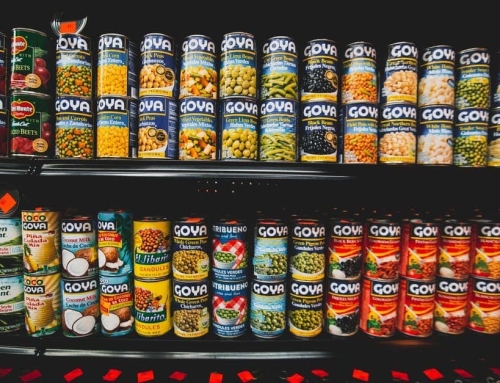
Like other allergies, food allergies range from being minor annoyances to life-threatening situations that warrant a visit to the ER. Allergies refer to an adverse reaction to certain triggers entering your body. Once the immune system senses the presence of the material, it produces an antibody to respond. This manifests in the form of an allergic reaction.
The symptoms and severity of a food allergy vary. Mild symptoms include itching or nasal congestion. In contrast, more severe symptoms include fainting, diarrhea, and breathing issues. The most severe response to an allergen is anaphylaxis, which is characterized by low blood pressure and suffocation.
The concern with food allergens is centered around food that’s already been prepared with various ingredients. For instance, someone who knows they’re allergic to peanuts won’t have peanuts or peanut butter. In these cases, it’s obvious that the food contains or is peanuts. In contrast, a person may have cookies or chocolates that contain peanut butter, as nothing in the food suggests that they have peanuts.
This has led many manufacturers placing warning labels on their foods with regard to the ingredients. Here’s more about these foods and their symptoms.
The Most Common Food Allergens

Virtually all food manufacturers place clear labels on their products to show the ingredients and proportions in which they’re included. Despite this being a food manufacturing norm, many governments have placed extra emphasis on mentioning specific ingredients. In particular, they require businesses to mention the following most common food allergens:
- Peanuts
- Eggs
- Milk
- Fish
- Soy
- Sesame Seeds
- Mustard
- Tree nuts (pecans, almonds, walnuts, etc.)
- Crustaceans and Molluscs (shrimp, crab, lobster, etc.)
- Wheat & Triticale
- Sulphites
Symptoms
Some of the symptoms of food allergies are mentioned above. Here’s a more detailed list:
- Nausea, vomiting, diarrhea, and abdominal pain
- Itching, skin rashes, and hives
- Fainting, dizziness, and lightheadedness
- Breathing troubles, wheezing, and nasal congestion
- Swelling of different parts of the body, like the throat or lips
- Anaphylaxis – low blood pressure (anaphylactic shock), suffocation, and constricted airways
If you use any of the above ingredients and aren’t handling and managing them correctly, you could be liable for allergic responses. To make sure your food handling is safe and secure, get in touch with us, at the Canadian Food Safety Group. We provide Food Allergen Awareness, Food Handlers and HACCP training courses and certifications to ensure food safety in Canada.


